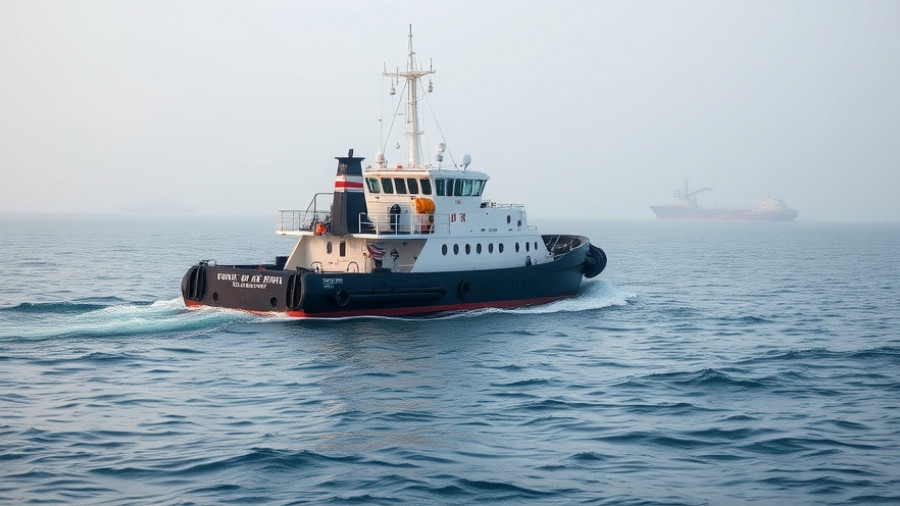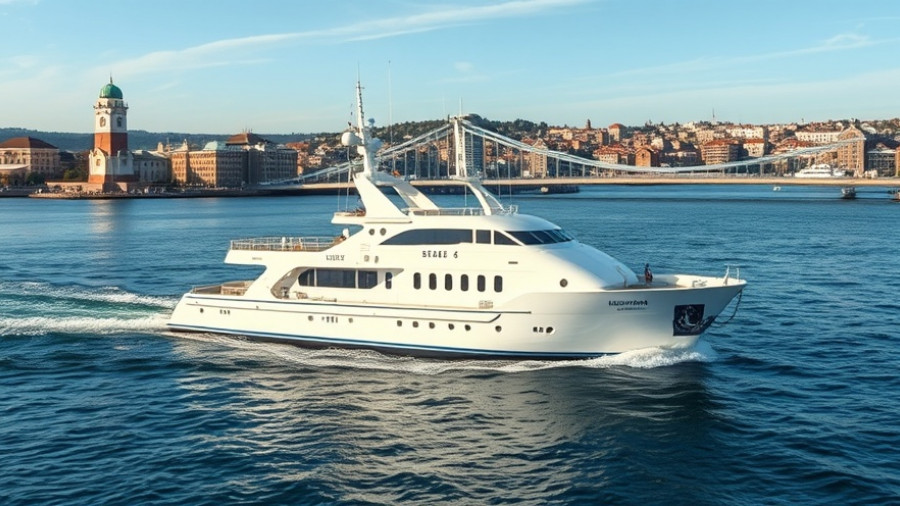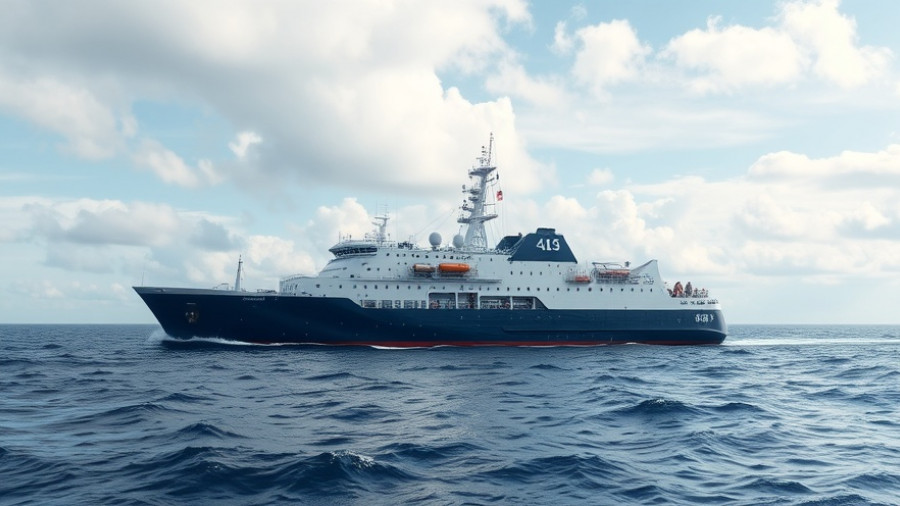
Riding the Waves of Safety: Insights from NTSB's Safer Seas Digest 2024
The recently released Safer Seas Digest 2024 directly from the US National Transportation Safety Board (NTSB) underscores the critical lessons learned from maritime investigations conducted over the past year. With a comprehensive analysis of 34 maritime casualties, this digest provides a roadmap to better safety practices within the industry.
Decoding the Digest: Key Findings on Maritime Incidents
The digest doesn’t just report incidents; it dissects them, revealing the probable causes behind capsizings, collisions, fires, and groundings. Noteworthy events encapsulated in this report include the engine room fire aboard the passenger ferry Sandy Ground, located near Staten Island, and the fire on the Spirit of Boston dinner cruise vessel. These incidents serve as cautionary tales about the importance of adhering to strict safety protocols.
The Crucial Role of Safety Management Systems
Among the highlighted issues is the emphasis on Safety Management Systems (SMS) for passenger vessels. An SMS, a structured system set in place by operators, is essential for cultivating a culture of safety across all levels of maritime operations. The NTSB identifies SMS as a pivotal tool designed to minimize human error and consequently reduce the risk of maritime casualties.
The agency urges vessel owners to implement an SMS immediately. With the maritime industry becoming increasingly complex, equipped with modern technology and larger vessels, the need for robust safety measures is paramount. The digest serves as a wake-up call: operators must prioritize safety management to foster secure operating environments.
Future Trends: What’s Next for Maritime Incident Prevention?
As we look ahead to the future of maritime operations, the findings from the Safer Seas Digest highlight a growing focus on incident prevention. New technologies, such as AI-driven monitoring systems and improved training protocols, could become industry standards to complement existing safety frameworks. For instance, leveraging data analytics can help maritime operators swiftly identify potential hazards before they escalate into serious incidents.
Moreover, with increasing scrutiny on safety compliance, there will likely be a push for regulation enhancements across the maritime industry. Understanding the relationship between emerging technology and safety practices is integral to maintaining a competitive advantage in this field.
The Human Element: Empowering Maritime Operators
At the heart of these safety discussions lies the human element. Engaging maritime workers through training and education can significantly enhance safety outcomes. Programs that teach crew members to recognize risk factors and how to respond in emergencies cultivate a resilient workforce equipped to handle real-life situations effectively.
Furthermore, fostering a culture that encourages open communication regarding safety can also drive innovative ideas and solutions from within the workforce, amplifying the importance of collaboration in navigating maritime safety challenges.
What You Can Do: Steps Toward Safer Seas
For maritime operators, the key takeaway from the Safer Seas Digest 2024 is clear: safety is not a one-time effort but a continuous journey. By investing in thorough training programs, adopting an effective SMS, and maintaining an open line of communication with employees, operators can significantly mitigate risks associated with maritime operations.
As the maritime landscape evolves, the importance of staying informed and adaptable cannot be overstated. Embracing safety culture creates not just secure environments but also contributes positively to the overall reputation of the maritime industry.
Conclusion: The Call to Action for a Safer Future
In summary, the insights gathered from the NTSB’s Safer Seas Digest 2024 serves as a crucial guidepost for maritime safety improvement. Operators are encouraged to embrace the vision laid out by the NTSB, focusing on robust safety management, training, and the human aspects of maritime operations. Change starts now—let’s prioritize safety and reshape the future of maritime transport together!
 Add Row
Add Row  Add
Add 




Write A Comment